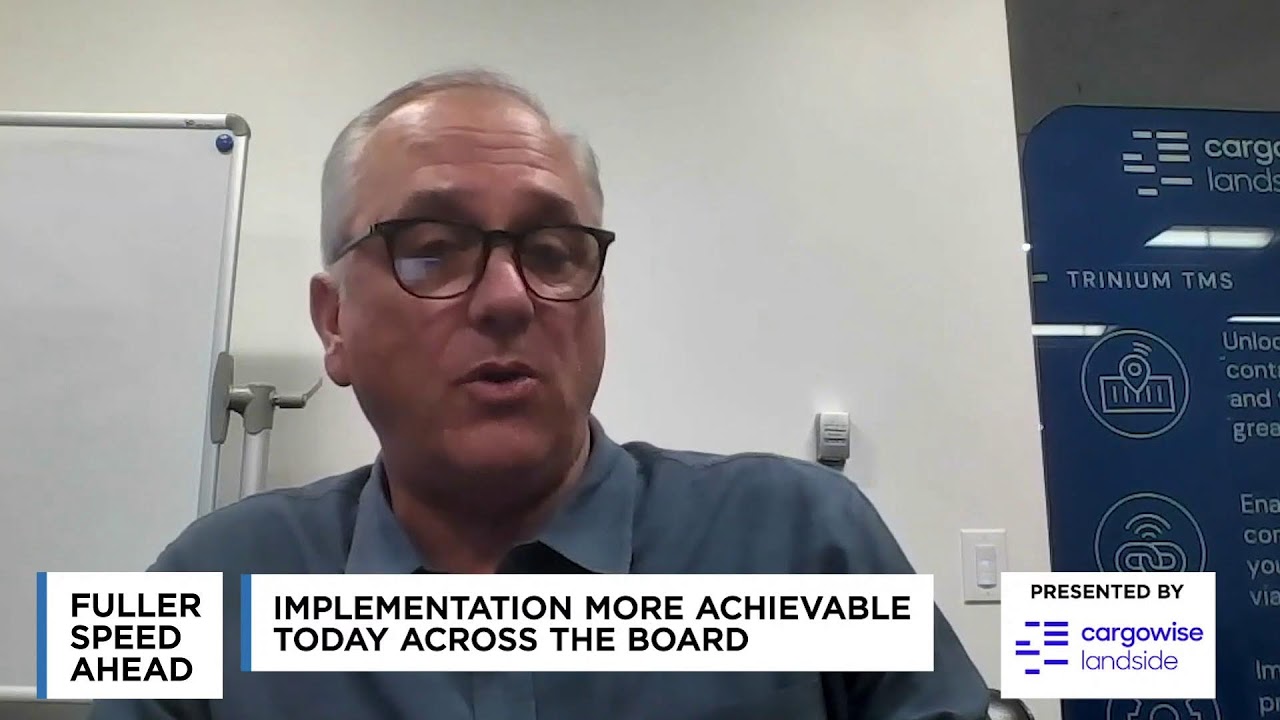
Selecting the right fueling infrastructure is important when making the switch to renewable natural gas (RNG)-powered trucks. The choice between public and private depends on a fleet’s size, location, and usage patterns, allowing for a tailored solution to meet specific operational needs. Both fueling at a public-access station and building a dedicated behind-the-fence station offer unique advantages.
With nearly 800 public and more than 600 private natural gas fueling stations in the U.S. – and more on the way — fleets need to weigh the locations of public-access stations along their routes compared to constructing a dedicated fueling facility.
Net-zero carbon RNG is available along major transportation corridors. It also can be piped to a private site. Permitting is far less complex and time-consuming than installing electric infrastructure.
This week’s episode features insights from executives at Clean Energy and Opal Fuels, two leading RNG suppliers. Derek Turbide, vice president of Business Development at Clean Energy, and Scott Edelbach, executive vice president at Opal Fuels, discuss the advantages of public and private fueling stations.
Miss earlier episodes of Make the switch!? You can catch up on the playlist here: https://www.youtube.com/playlist?list=PLVi2PdlRdiSq5OjjF6-6xqttKO1CeSI8K
Download this guide to help analyze natural gas trucks, RNG fuel and total cost of ownership: https://hexagonagility.com/rng-for-heavy-duty-fleets-ebook
source







Hey, firefighters- don't deactivate that TPRD. Con Ed got rid of CNG vehicles, Amazon did not move into Northern Queens because of lack of capacity (Not AOC, haha)- so this seems better for rural areas and highly experienced semi-tractor EMPLOYEES.